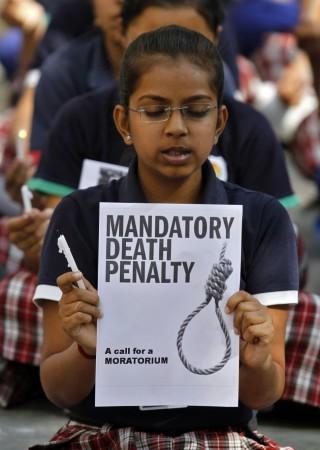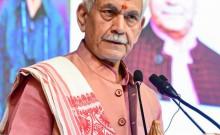
In what would come as a shocker to human civilisation, one third of all women globally undergo physical or sexual violence, causing a global health problem of epidemic proportions, a report by World Health Organisation (WHO) said.
The report said that 35 percent of women experience violence by either intimate partner or non-partner. Surprisingly, violence by intimate partners is the most common type of violence against women, affecting 30 percent of women worldwide.
The study found out that 38 percent of all murdered women were killed by their intimate partners, and 42 percent of women who have experienced physical or sexual violence at the hands of a partner had experienced injuries as a result.
The impact of violence on women ranges from broken bones to pregnancy-related complications, mental problems and impaired social functioning, according to the study.
"These findings send a powerful message that violence against women is a global health problem of epidemic proportions," said Dr Margaret Chan, Director-General, WHO. "We also see that the world's health systems can and must do more for women who experience violence."
Women face health complications like depression, alcohol use problems, sexually transmitted infections, unwanted pregnancy and abortion and low birth-weight babies because of violence committed against them.
"This new data shows that violence against women is extremely common. We urgently need to invest in prevention to address the underlying causes of this global women's health problem," said Professor Charlotte Watts, from the London School of Hygiene & Tropical Medicine.
"The report findings show that violence greatly increases women's vulnerability to a range of short- and long-term health problems; it highlights the need for the health sector to take violence against women more seriously," said Dr Claudia Garcia-Moreno of WHO. "In many cases this is because health workers simply do not know how to respond."
The study - Global and regional estimates of violence against women: Prevalence and health effects of intimate partner violence and non-partner sexual violence, carried out by WHO in partnership with the London School of Hygiene & Tropical Medicine and the South African Medical Research Council, highlights the need for all sectors to engage in eliminating tolerance for violence against women and better support for women who experience it.
It may be recalled that the brutal Delhi gang-rape of a 23-year-old medical student in December last year, who succumbed to injuries, not only triggered mass protests across India but also sparked a global outcry to curb crime against women.
Violence Against Women in India
India is being dubbed as one of the most unsafe places in the world for women. A survey by Thomson Reuters' Trustlaw Women (2011) placed the country after Afghanistan, Democratic Republic of Congo and Pakistan in the list of most dangerous place for women.
According to the latest report by National Crime Records Bureau (NCRB), a total of 2,44,270 incidents of crime against women, both under Indian Penal Code (IPC) and Special & Local Laws (SLL), were reported in the country in 2012 as compared to 2,28,650 in 2011, thus recording a 6.4 percent increase in crime rate against women.
West Bengal has accounted for nearly 12.7 percent of total crime against women in the country with 30,942 cases in 2012, while Andhra Pradesh accounted for 11.5 percent (28,171 cases). Assam has reported the highest rate of crime against women at 89.5 percent during the year 2012 as compared to 41.7 percent crime rate at the national level.
There were 24,915 victims of rape out of 24,923 reported rape cases in the country in 2012. The country witnessed 3.0 percent increase in overall rape cases in 2012, according to the report, with Madhya Pradesh (3,425) accounting for the highest at 13.7 percent of total such cases reported in the country. Incest rape cases have increased by 46.8 percent from 267 cases in 2011 to 392 cases in 2012.
Exposing the alarming rate at which violence on women increases in the national capital, Delhi Police Commissioner Neeraj Kumar released statistics of crime against women in the capital on 15 April, 2013.
The statistics said that 463 rape cases have been reported in Delhi this year as against 179 cases reported during the same period last year. Around 973 molestation cases against women have been registered this year as against 139 in 2012, which is a 600 percent rise. Eve teasing cases increased from 49 to 433.
The report said that 97 percent of rape cases happened in homes, while three percent were committed by strangers. Also, 178 rape cases were connected to lovers or friends of the victims while 115 accused were neighbours.
The police said that complaints of violence against women have increased drastically after the 16 December Delhi gang-rape incident which triggered mass protests across the country. The 23-year-old medical student, who was severely injured after being gang-raped in a moving bus, succumbed to injuries a fortnight later.

















